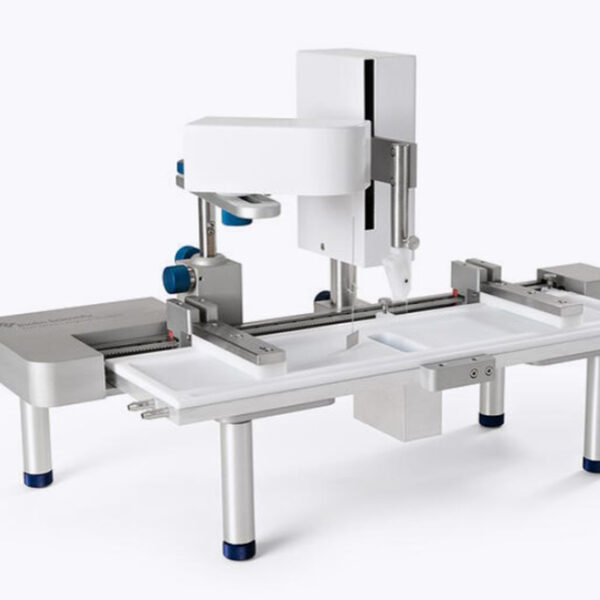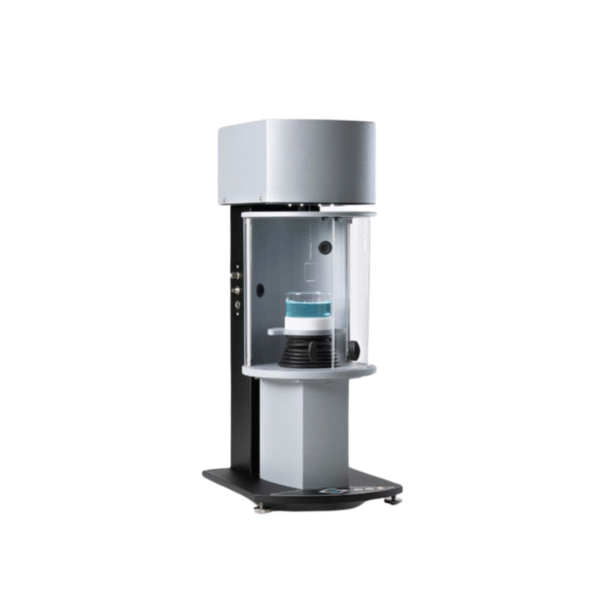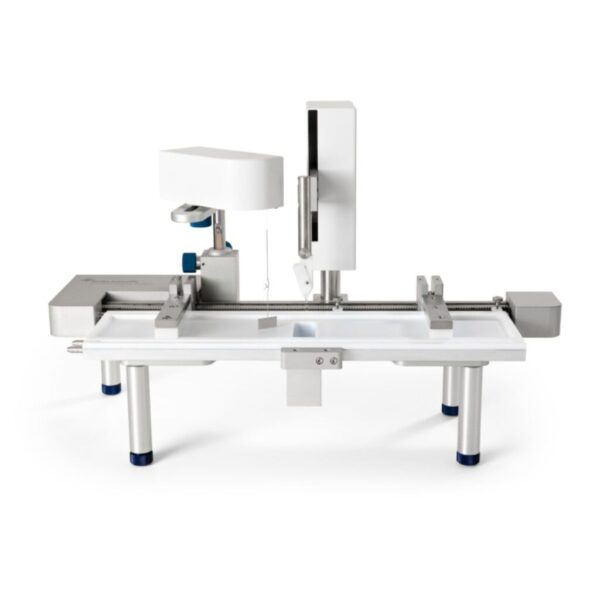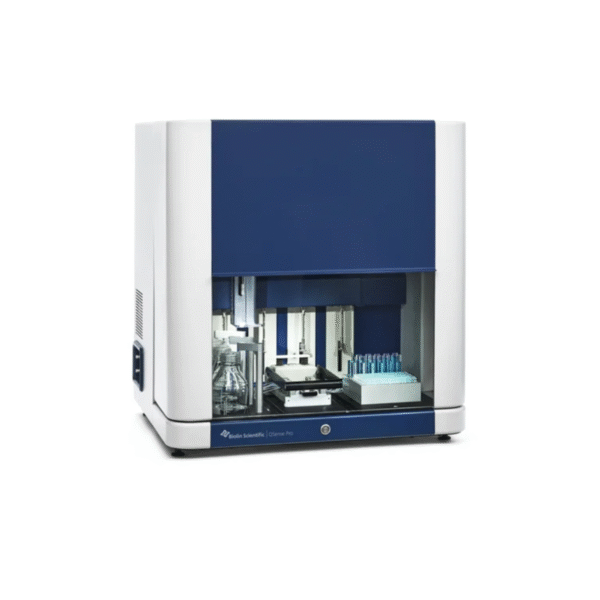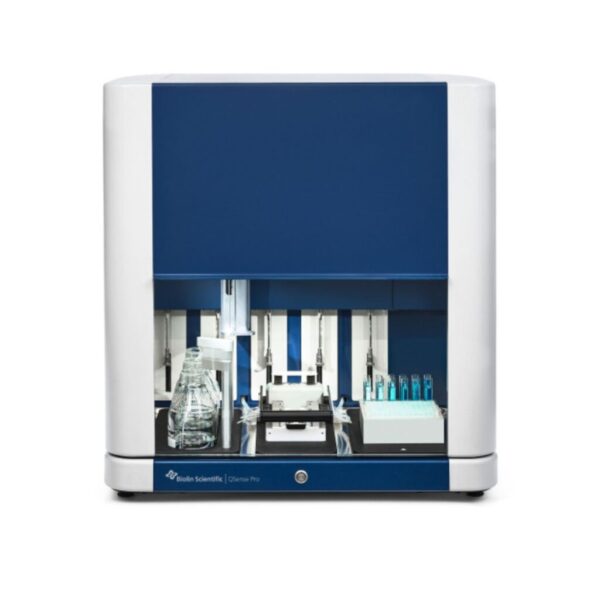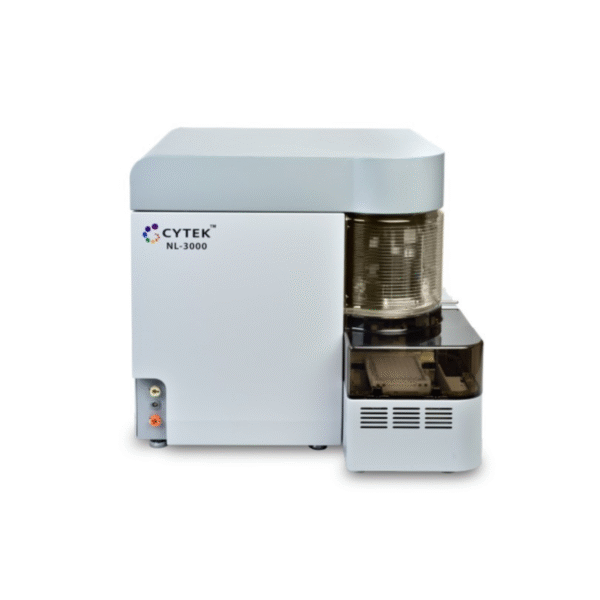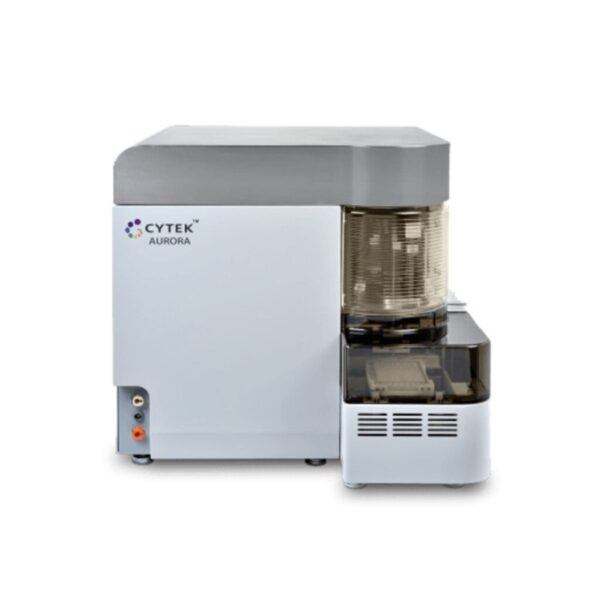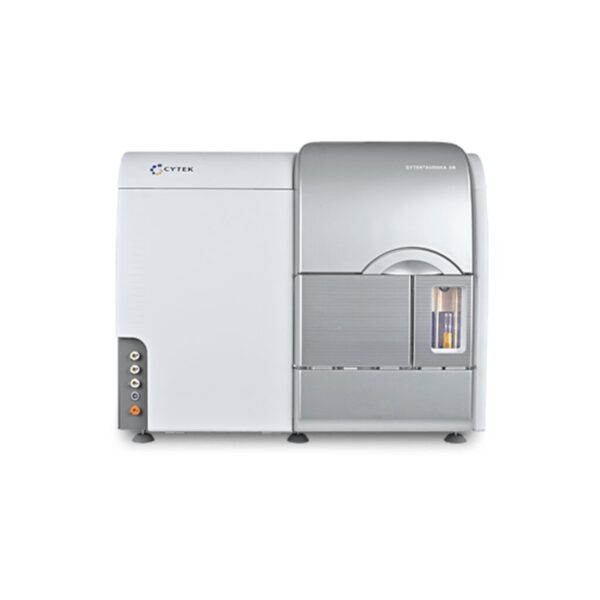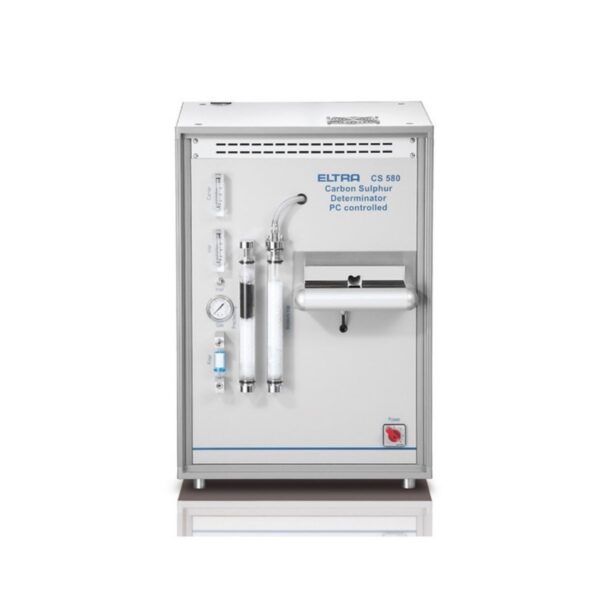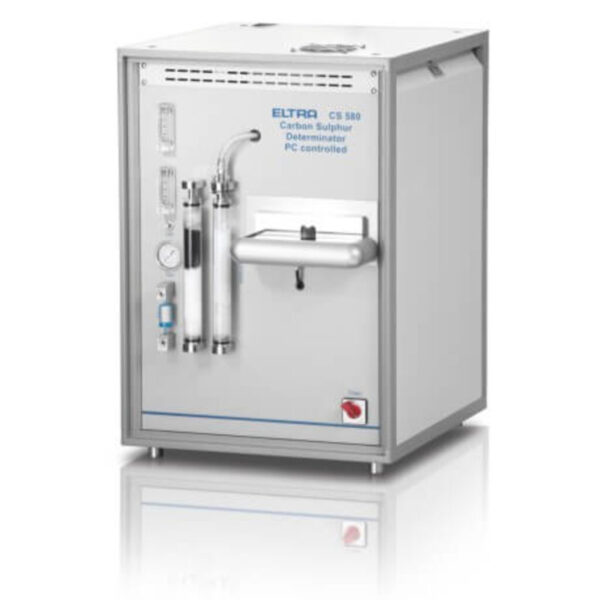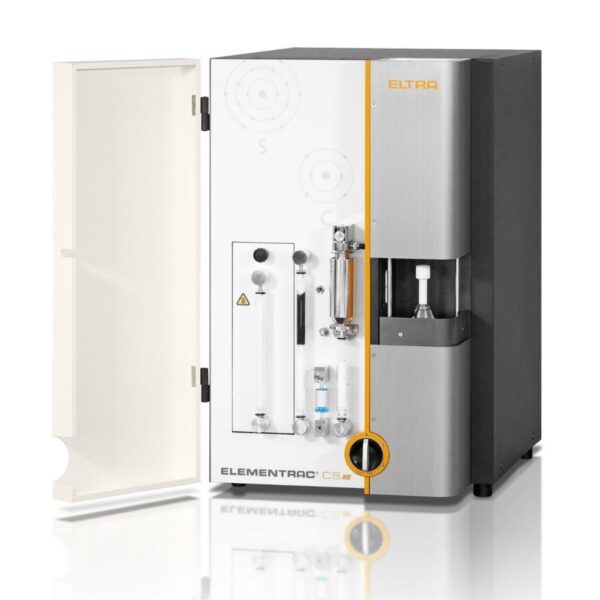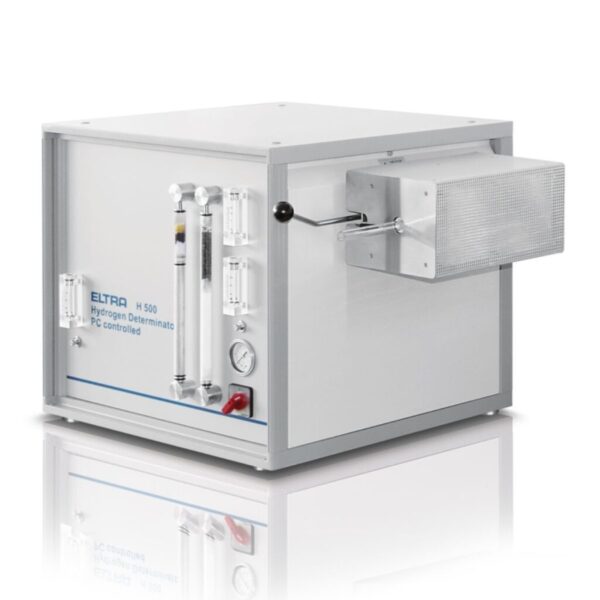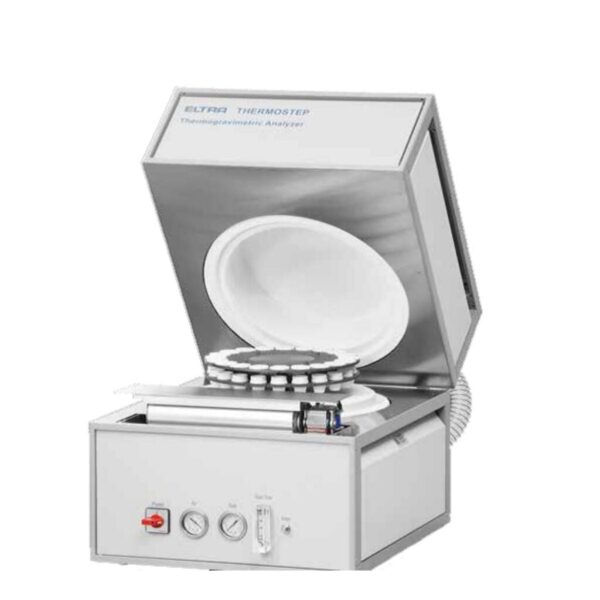Biokar – Microbiology – Bases for Culture Media
Biokar Diagnostics is the microbiology division of the Solabia group, dedicated to the development, production and selling of culture media, supplements and detection kits for microbiology laboratories.
With more than 40 years of experience…
Biokar Diagnostics is the microbiology division of the Solabia group, dedicated to the development, production and selling of culture media, supplements and detection kits for microbiology laboratories.
With more than 40 years of experience in microbiology, we offer the best quality of bases for culture media.






